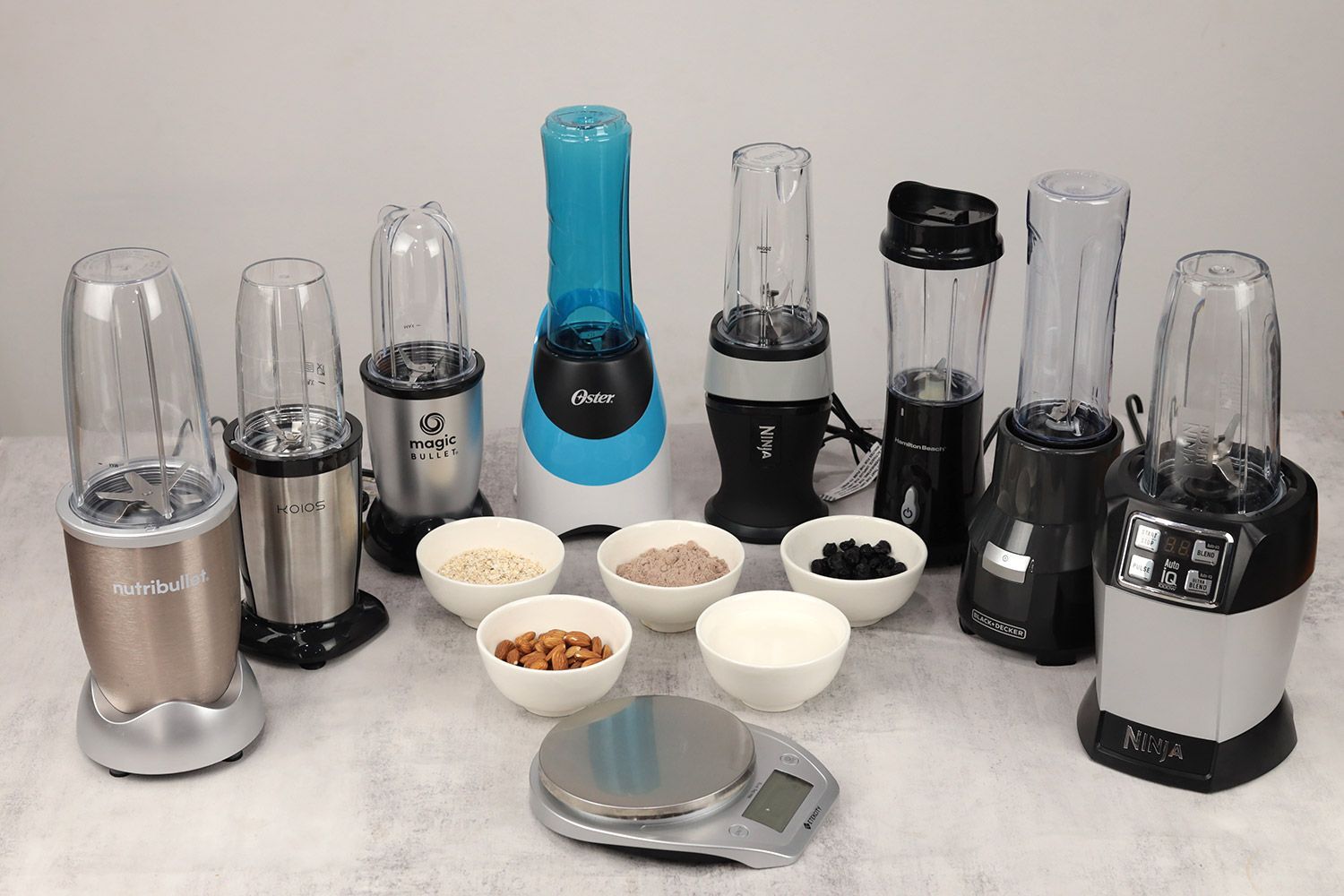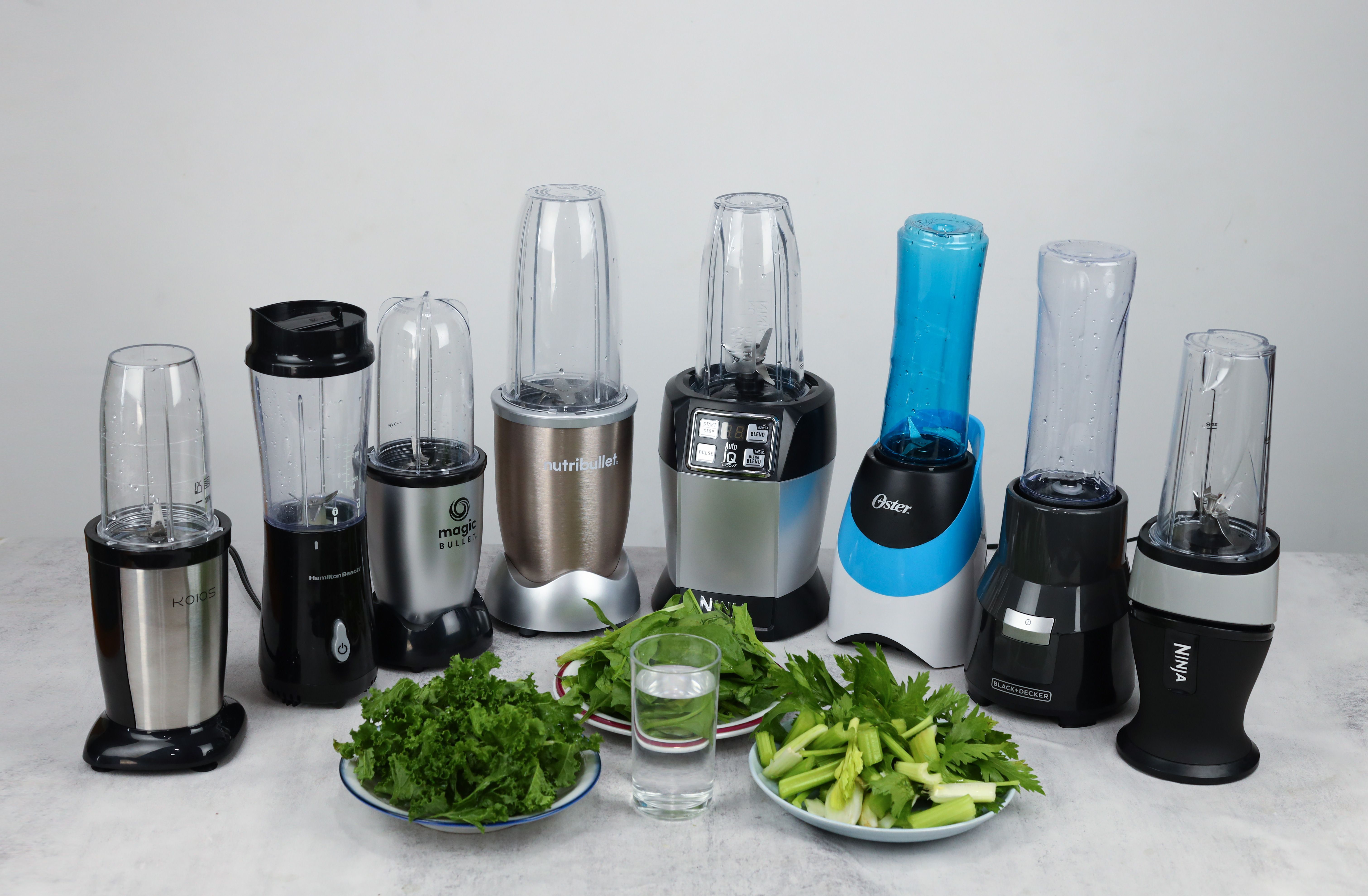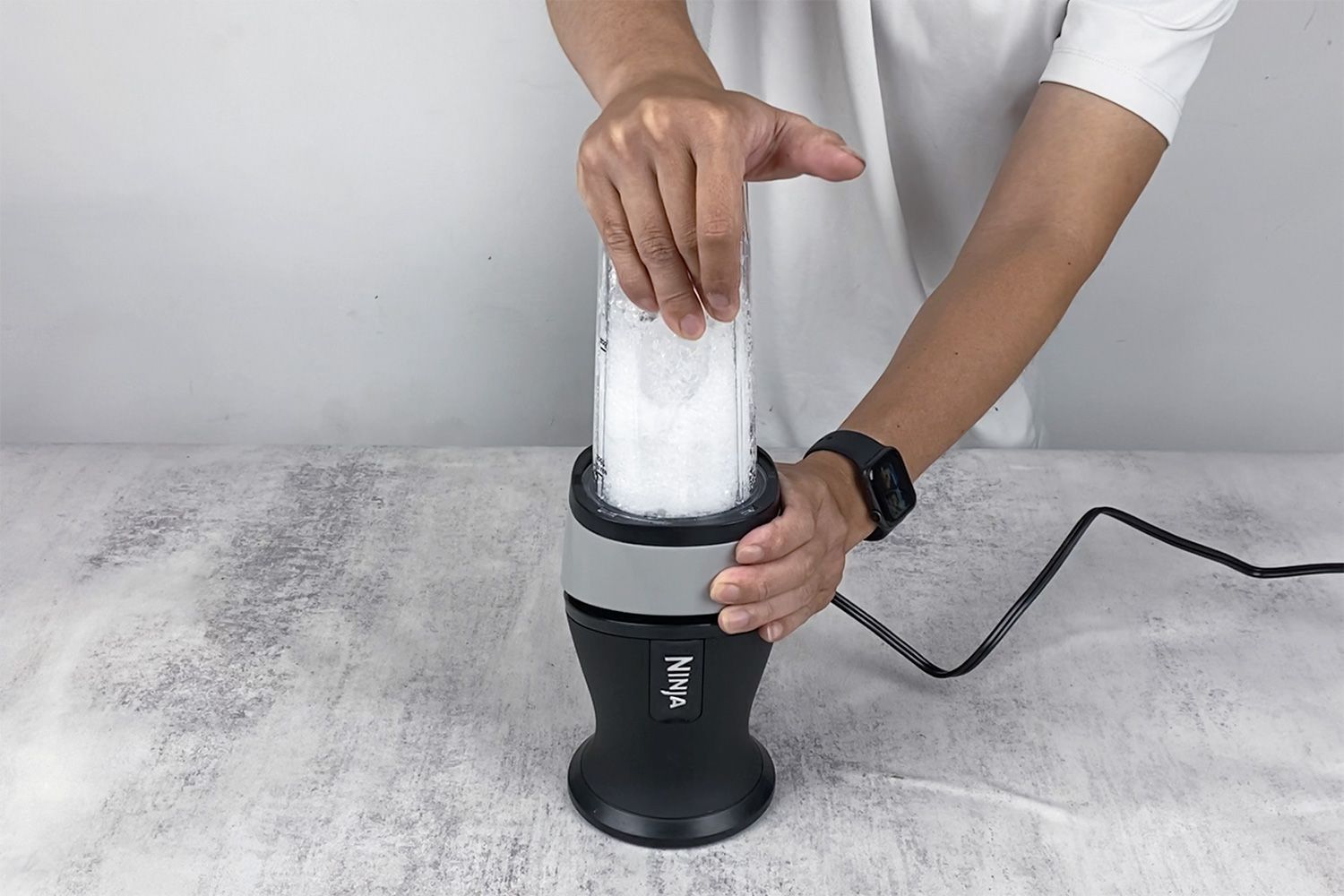Our recommendations are made independently. We may receive commissions from purchases made via our links.
Frozen Fruit Smoothie Test for Personal Blenders
Whether you’re looking for a budget blender or a bargain, our frozen fruit smoothie test will clarify what matters most to your decision-making.
This test is part of How Shouldit Tests Personal Blenders v1.0
If you've ever made smoothies with a blender, you probably understand how important this test is to your buying decision. Since most people have smoothies in mind when they buy a personal blender, its capability in this regard will determine its ultimate value. A decent personal blender should be strong, work consistently, and handle frozen ingredients without difficulty.
Why The Test Matters
Our smoothie is made with milk, honey, yogurt, and four types of frozen fruits (blueberries, blackberries, strawberries, and mango). Using such ingredients is a good way to check for efficiency. Although most home blenders are powerful enough to blend frozen fruits, some are more efficient than others in processing seeds or fibrous foods.
In particular, the results of this test will give us an idea of how well each blender handles ingredients with lots of seeds, how long it takes to blend a serving of frozen smoothie, and how it compares with others.
As we learned from our research, many personal blenders are perfectly capable of preparing icy fruity drinks, but they may come with compromises that make them less desirable. As such, this test also went a long way toward showing us the pros and cons of each product.
Testing Recipe: 1 Serving
- 1.5 oz blueberries
- 1 oz blackberries
- 0.5 oz strawberries
- 1.5 oz mango chunks
- 0.75 tbsp honey
- 1.3 tbsp plain Greek yogurt
- 0.25 cup whole milk
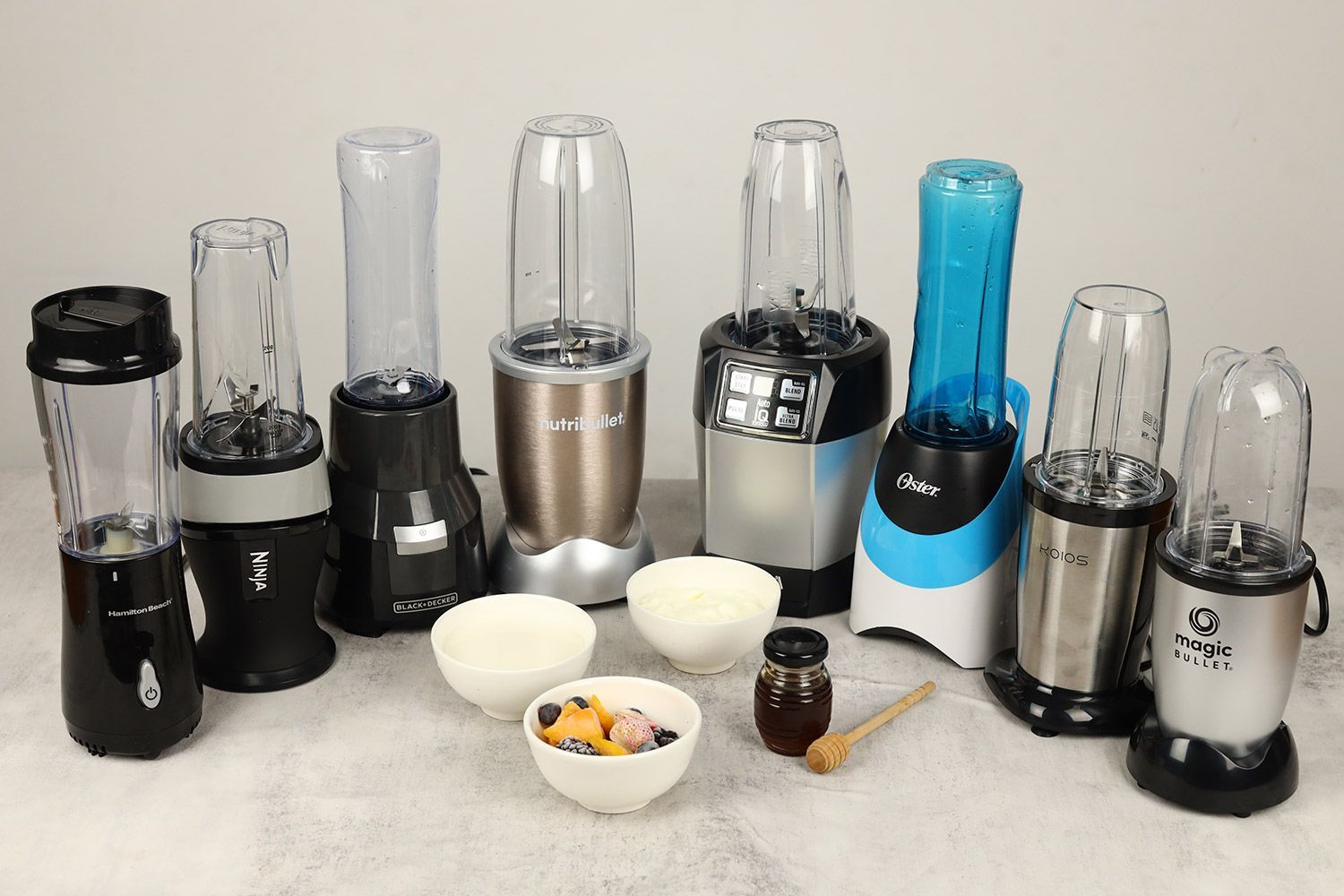
This recipe was designed by our chef and cooks at Healthy Recipes 101. You can see the details here.
Testing Procedure
We start the test by placing all the frozen fruits into the blending cup with honey, yogurt, and milk, then blending at the machine’s highest speed setting. During the operation, we pause every 20 blending seconds to remove the cup and give it a good shake. Since hard ingredients like frozen fruits can get stuck in the blade and prevent it from turning, a little shaking can help even out the blend. Note that the shaking time is not included in the total blending time score.
We allow each blender up to two minutes worth of runtime (blending longer than that makes the frozen smoothies come out too thin), so the test ends either when the smoothie reaches the best consistencyor when we hit that time limit.
We want to assess, as precisely as possible, exactly how long each blender takes to create a good consistency. To do so, we decided that once it starts looking liquidy we’ll pause the machine temporarily at 5-10 second intervals and run a spoon through the smoothie to check its texture.
We chose to run our timer until we got the proper consistency or until it hit 2 minutes (whichever came first). This seemed to us the logical thing to do since some lower-powered blenders were still just as capable of creating perfect results as the expensive, high-end ones — they just took a little longer. We score the faster blenders higher, but we still want you to know there’s great value in some of the others as long as you’re willing to wait a bit longer.
As long as we got good results within 2 minutes, we didn’t delve into the smoothie’s precise consistency. Minor differences in that regard are hard to judge and are not the most important factor.
Scoring Scale
Making up 30% of the performance rating, each blender is graded on a scale out of 10 based on its blending time.In other words, we calculate the blender’s overall score by measuring how long it takes to bring one serving of smoothie to the right consistency and then grade it accordingly. Any blender that couldn’t liquify all the fruits within 2 minutes would fail the test and be awarded no points.
Here are just a few examples of our test results:
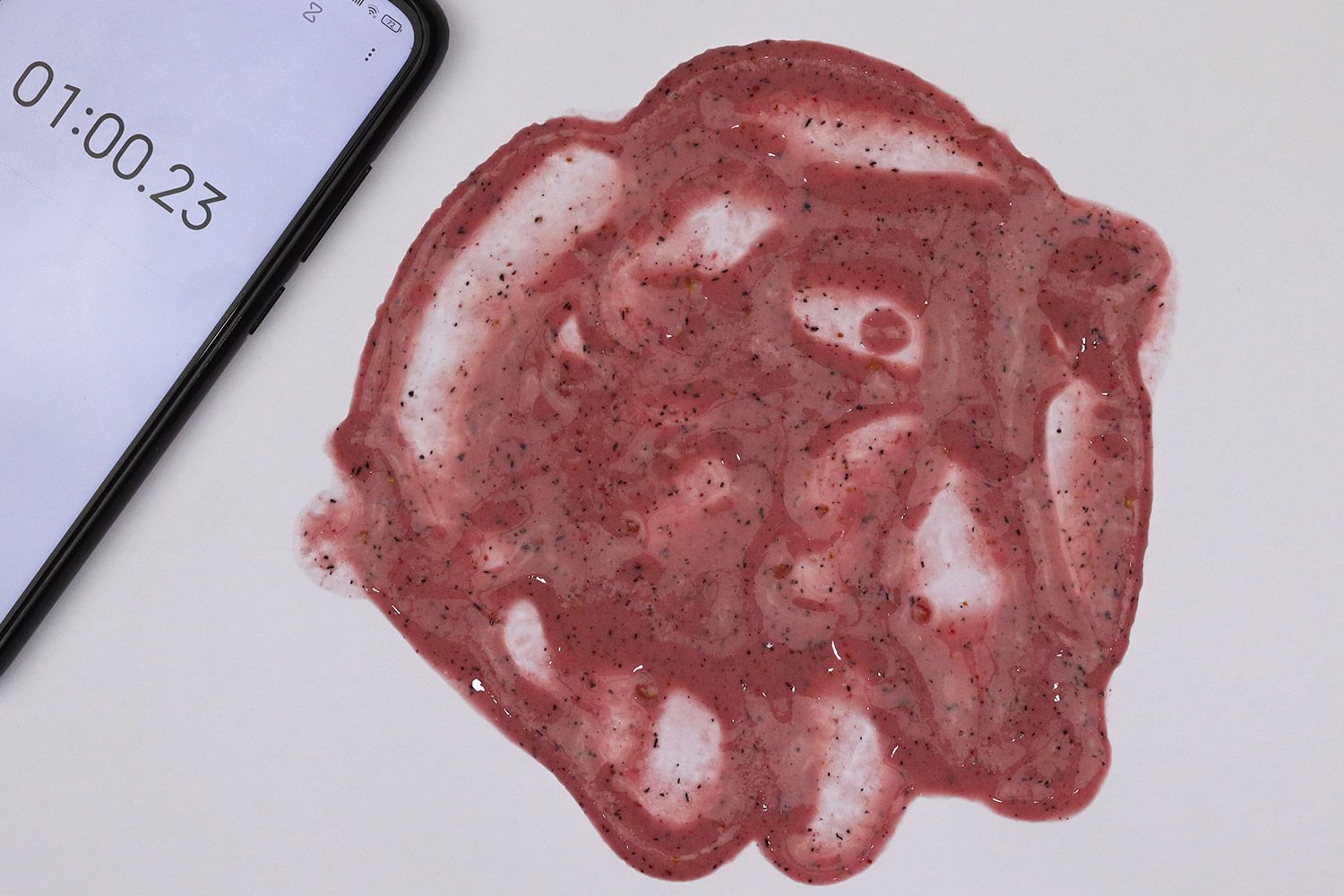
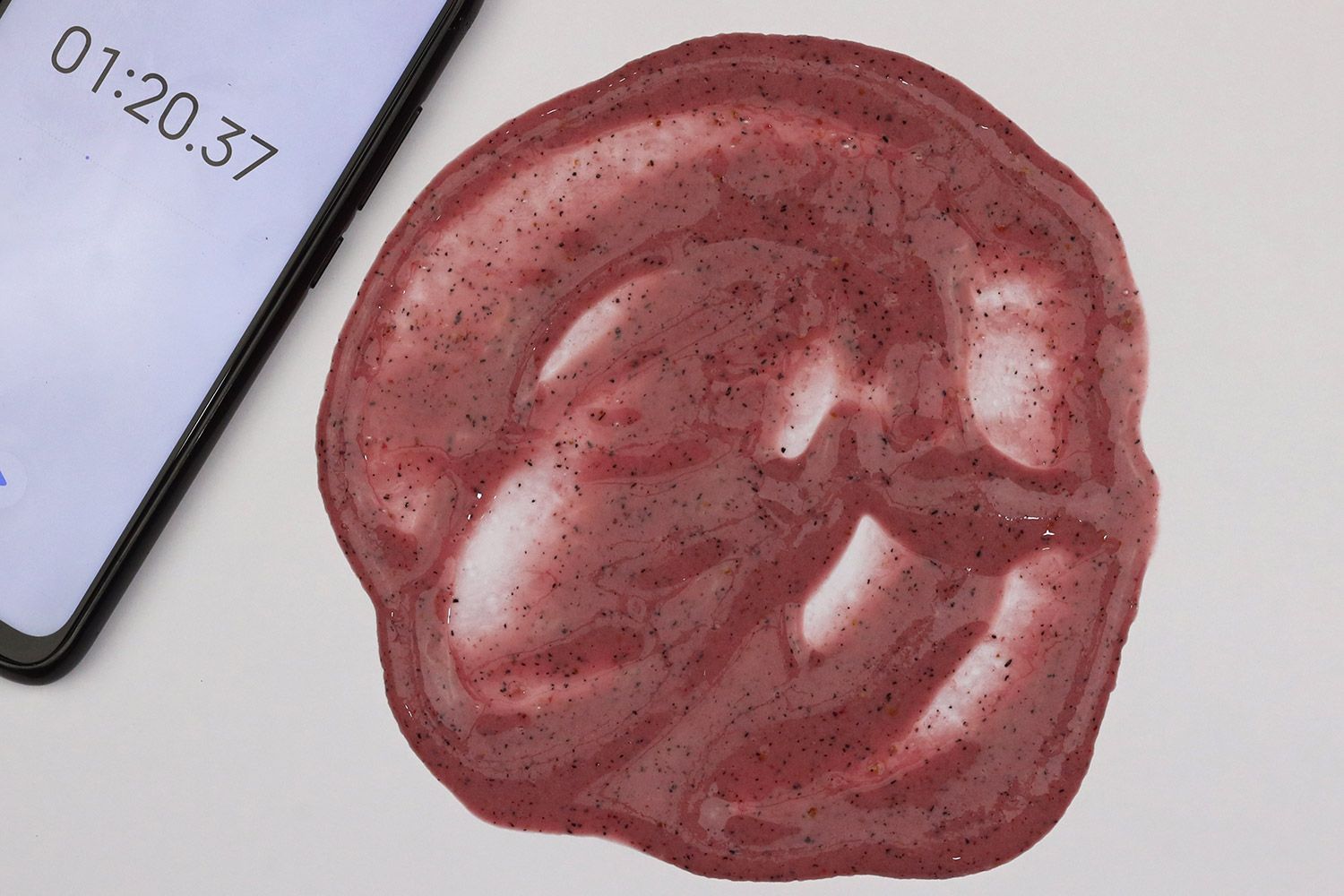
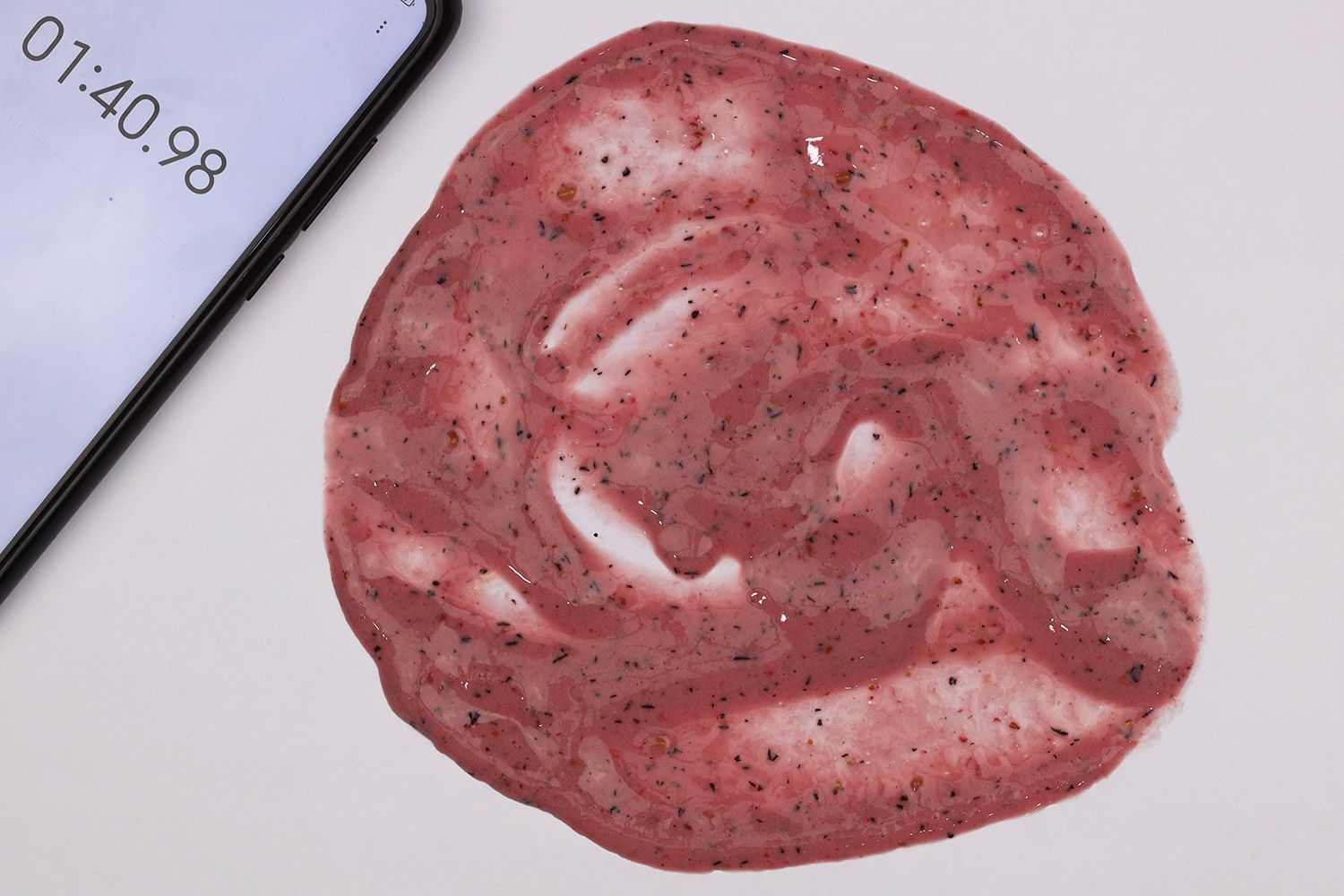
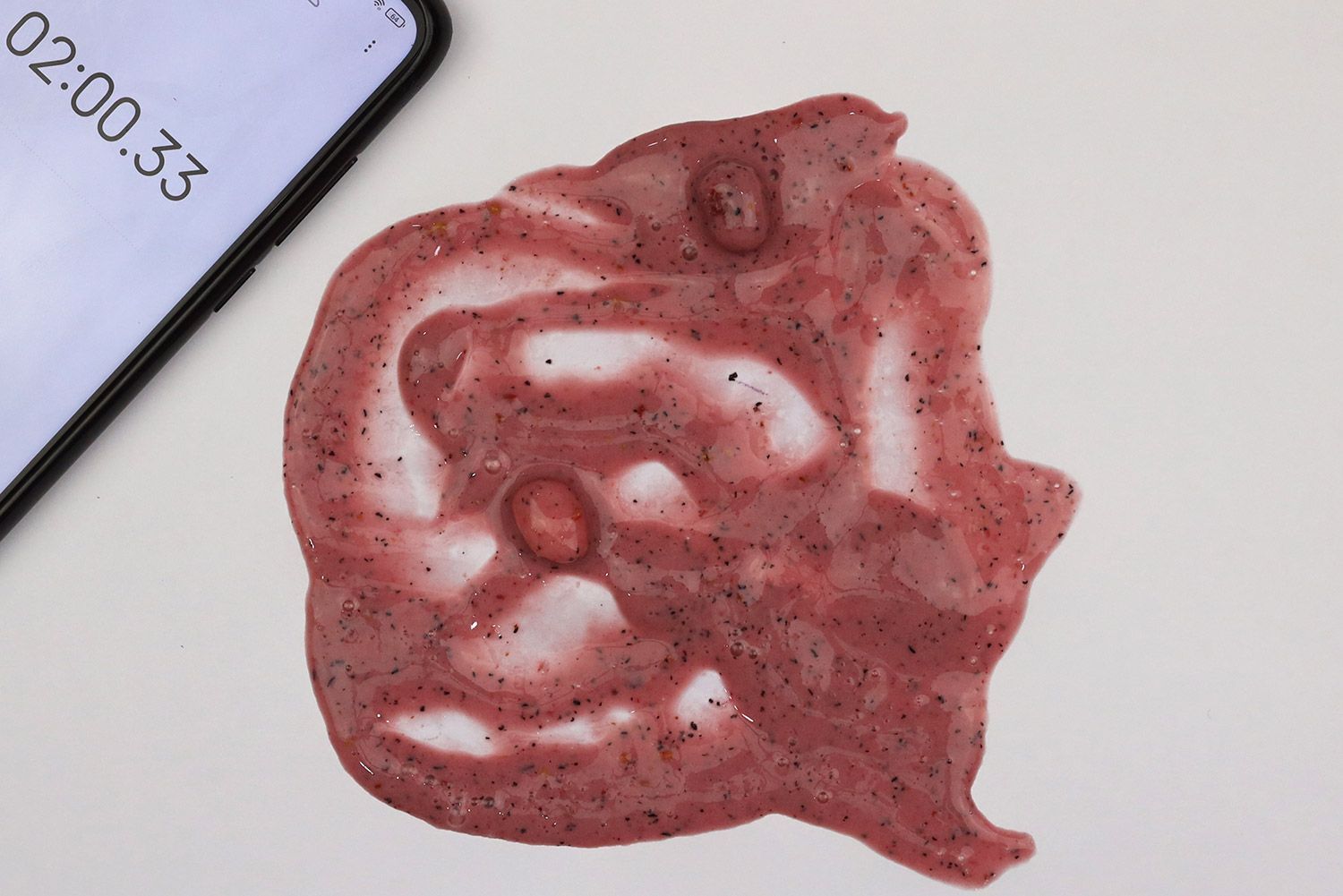
Here’s how our scoring breaks down:
Scoring Breakdown
- ≤ 1 minute: People love frozen fruit smoothies for their thick, ice-cream-like texture. As such, that’s what a good blender should deliver. It has to blend and incorporate all the ingredients as fast as possible so the frozen fruits don’t have time to thaw and dilute the overall consistency. Our initial tests indicated that some blenders can do the trick in only 1 minute, so anything better than that gets full points.
- ≤ 1 min 10 secs: 9 points
- ≤ 1 min 20 secs: 8 points
- ≤ 1 min 30 secs: 7 points
- ≤ 1 min 40 secs: 6 points
- ≤ 1 min 50 secs: 5 points
- ≤ 2 minutes: 4 points
